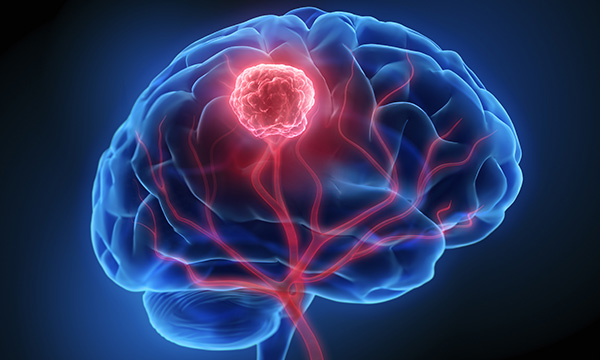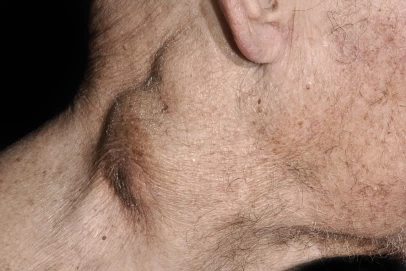Adult primary brain tumours: presentation, diagnosis, treatment and complications

Resource
Exclusive quality-assured learning resource
Online

Available to RCNi Plus subscribers
Applicable for any nurse with an RCNi subscription
Primary malignant brain tumours are aggressive tumours with limited treatment options, and as such they remain the largest cause of cancer-related deaths in men aged under 45 years and women aged under 35 years. Benign brain tumours are frequently treated with the intention to cure them. Both malignant and benign brain tumours often cause long-term, debilitating neurological effects, and if they recur can be fatal.
This article outlines the updated World Health Organization classification of adult primary brain tumours, as well as their treatment and predicted outcomes. It also identifies the role of cancer specialist nurses in supporting patients and their families.
Who is this resource for?
This resource is aimed at nurses and nursing support workers across all settings and levels of practice, including students of health, social work and care professions.

 ;
; ;
;